How Electric Car Batteries Work
Battery electric vehicles have become a significant segment of the automotive market. Having excellent specific energy and low…
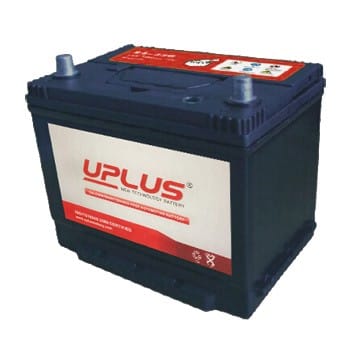
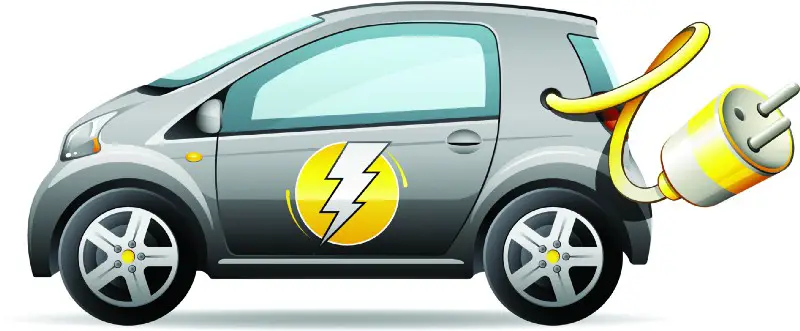
Battery electric vehicles have become a significant segment of the automotive market. Having excellent specific energy and low self-discharge rate, it appears that variants of Li-ion batteries are now the dominant type that are currently used in BEVs. Meanwhile, lead acid and NiMH batteries no longer appear to be appropriate for the use, though these batteries are still frequently used in the automotive industry.
A battery is a device for storing chemical energy and converting that chemical energy into electricity. A battery is made up of one or more electro-chemical cells, each of which consists of two half-cells or electrodes. One half-cell, called the negative electrode, has an overabundance of the tiny, negatively charged subatomic particles called electrons. The other, called the positive electrode, has a deficit of electrons. When the two halves are connected by a wire or an electrical cable, electrons will flow from the negative electrode to the positive electrode. This is called flow of electrons electricity. The energy of these moving electrons can be harnessed to do work . As electrons pass to the positive side, the flow gradually slows down and the voltage of the electricity produced by the battery drops. Eventually, when there are as many electrons on the positive side as on the negative side, the battery is considered ‘dead’ and is no longer capable of producing an electric flow.
Motivated by the increasing environmental concerns and also the available resource limitations of oil, the automotive industry has continued to develop various alternative fuel vehicles. Out of all the potential solutions that do not utilize petroleum, battery electric vehicles (BEVs) are among the widespread and most popular option. One of the main advantages of BEVs is that these vehicles have zero emissions .Hence, BEVs help contribute to cleaner air and they are better for the environment. Also, these vehicles run on electricity, which can be generated through more renewable and environmentally friendly means.
BEV is propelled by a large electric motor, which is powered through a rechargeable on board battery system. While most of BEVs production models utilize one type of battery, there are several different types of batteries that have been implemented in battery electric vehicles.
1.Lead Acid Batteries and Nickel Metal Hydride Batteries
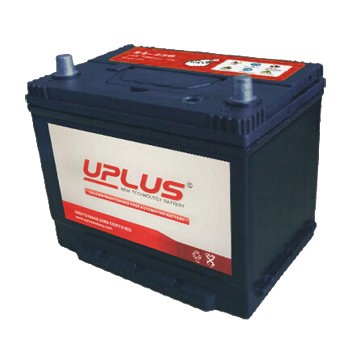
Both lead acid batteries and nickel metal hydride (NiMH) batteries are mature battery technologies. These types of batteries were originally used in early electric vehicles such as General Motor’s EV1. However, they are now considered to be obsolete with regards to their uses as the main source of energy storage in BEVs. Lead acid batteries have seen used in conventional petroleum driven vehicles and are relatively inexpensive. However, this type of battery has a poor specific energy (34 Wh/kg). NiMH batteries are considered to be superior, as they can have up to double the specific energy (68 Wh/kg) compared with lead acid batteries. This allows electric vehicles that utilize NiMH batteries to be significantly lighter, leading to reduced energy cost for propelling the BEVs. Similarly, NiMH batteries also have greater energy density compared to lead acid batteries, which will allow the battery system to be contained within a smaller space.
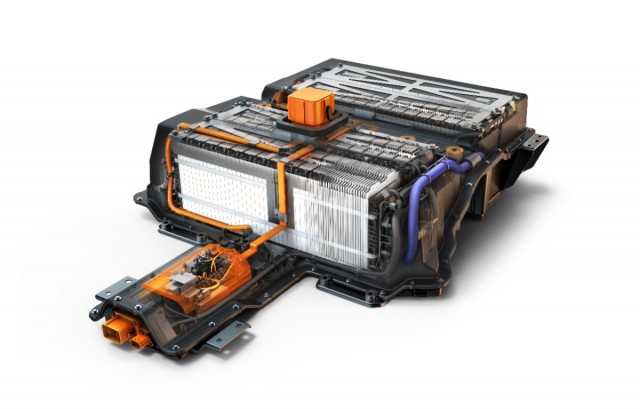
Though, NiMH batteries do have some drawbacks, such as having lower charging efficiencies than the other batteries. There is also a major issue with self-discharge (up to 12.5% per day under normal room temperature conditions) that is exacerbated when the batteries are in a high temperature environment. This makes NiMH batteries less ideal for hotter environments.
2.Lithium Ion Batteries
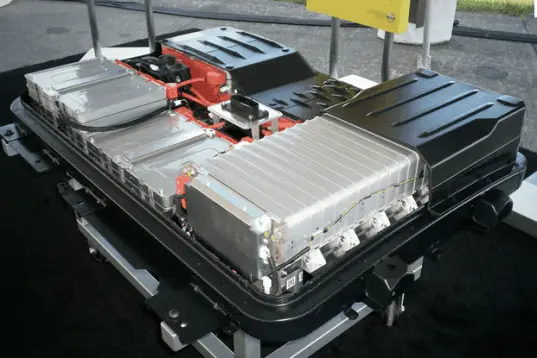
Lithium ion (Li-ion) batteries are now considered to be the standard for modern battery electric vehicles. There are many types of Li-ion batteries that each have different characteristics, but vehicle manufactures are focused variants that have excellent longevity. Compared to other mature battery technologies, Li-ion offers many benefits. For example, it has excellent specific energy (140 Wh/kg) and energy density, making it ideal for battery electric vehicles. Li-ion batteries are also excellent in retaining energy, with a self-discharge rate that an order of magnitude lower than NiMH batteries. However, Li-ion batteries also have some drawbacks as well. Comparatively, Li-ion batteries have been a very expensive battery technology. There are also major safety concerns regarding the overcharging and overheating of these batteries. Li-ion can experience a thermal runaway, which can trigger vehicle fires or explosions. There had been several instances where the Tesla Model S, which utilized Li-ion batteries, had infamously caught on fire due to issues with fluctuating charging or damage to the battery. However, great efforts have been made to help improve the safety of vehicles that use Li-ion batteries.




